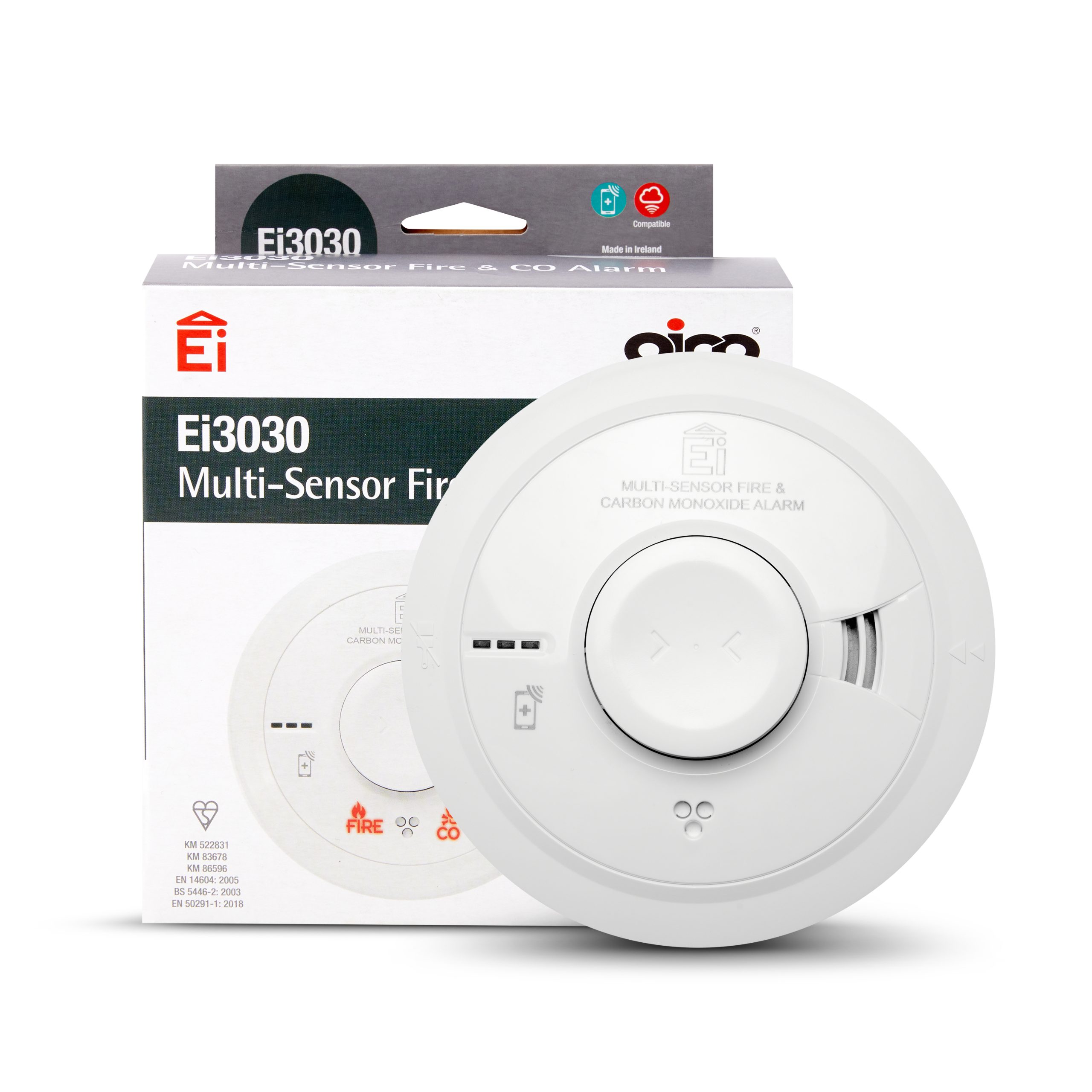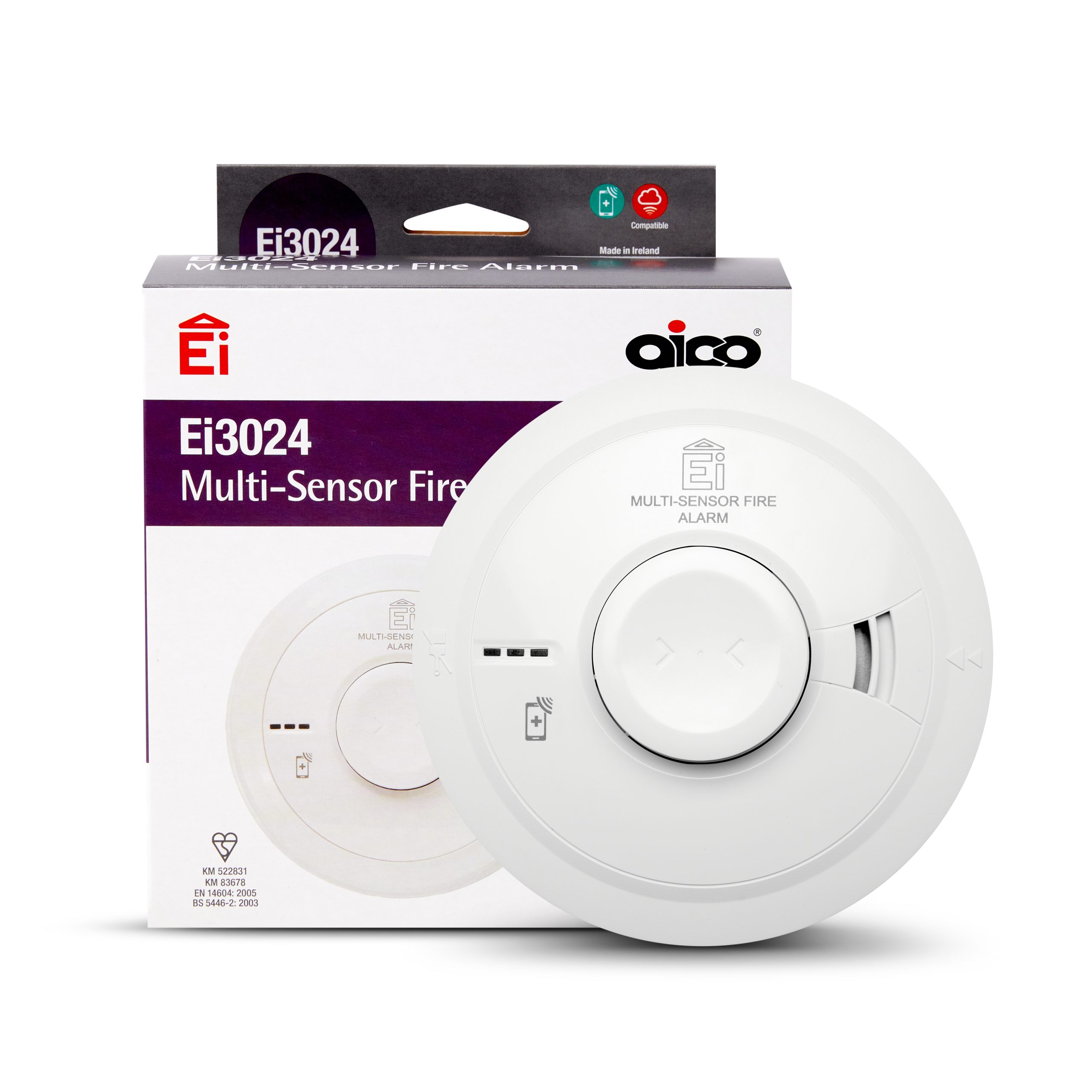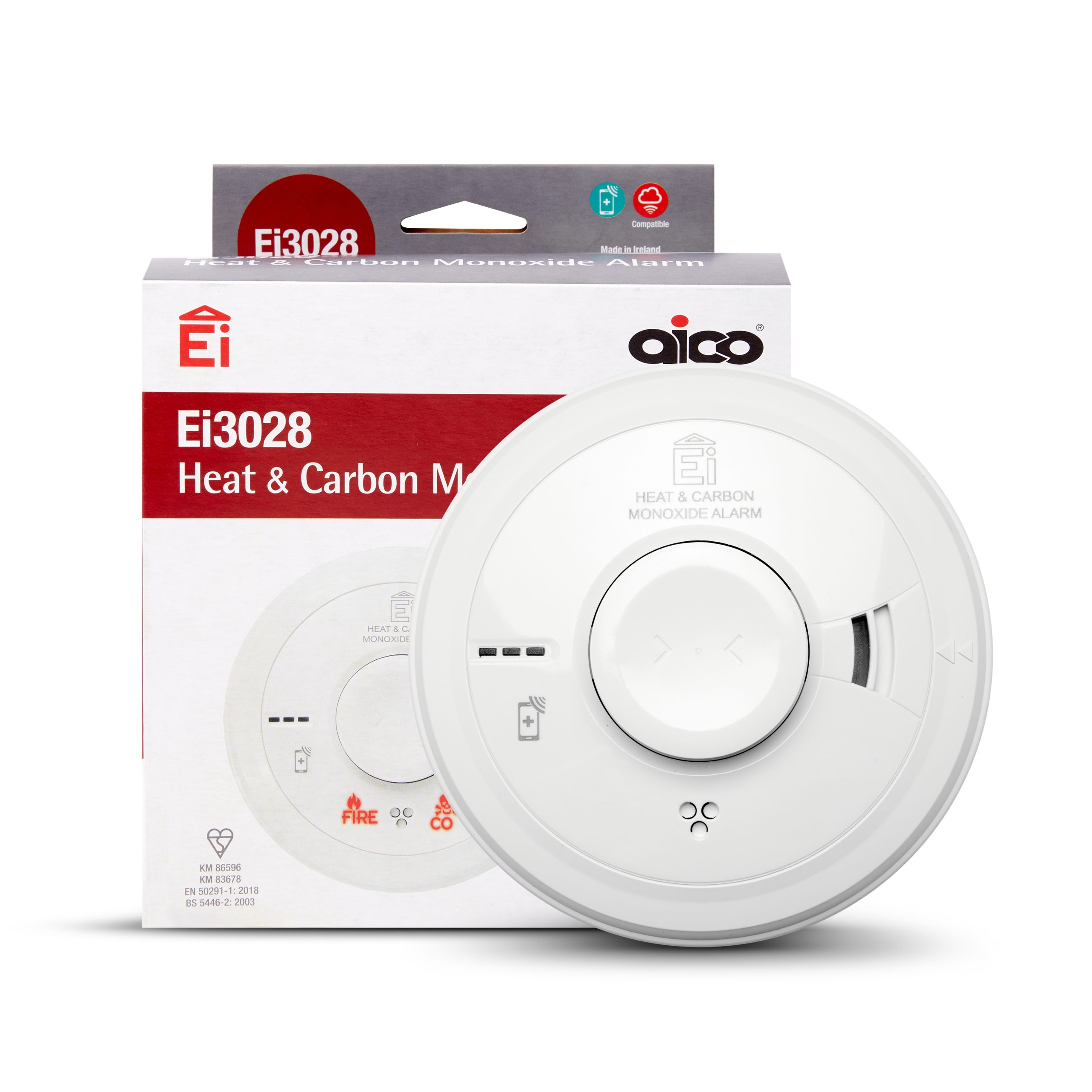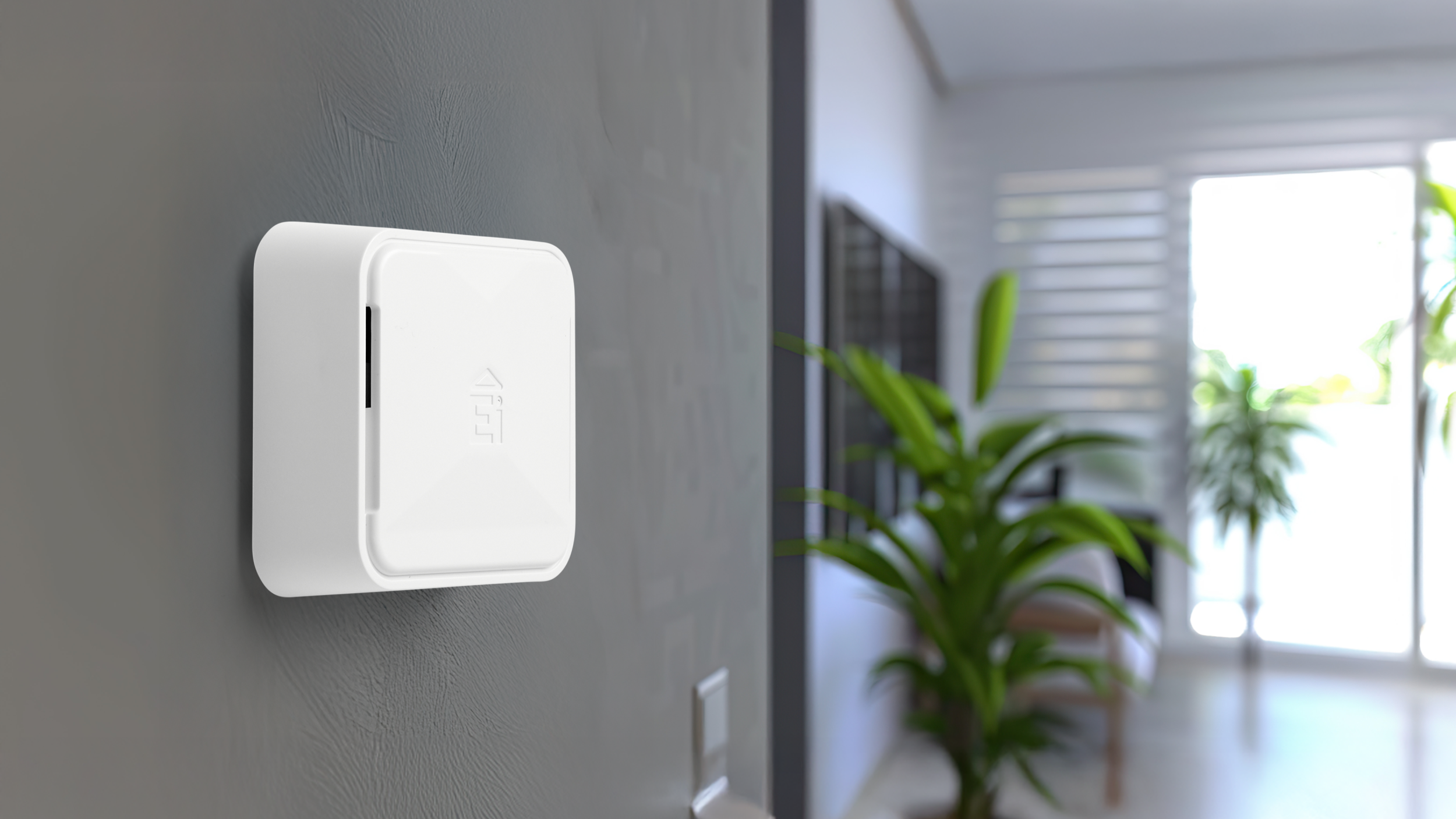Identifying disrepair with HomeLINK Environmental Sensors
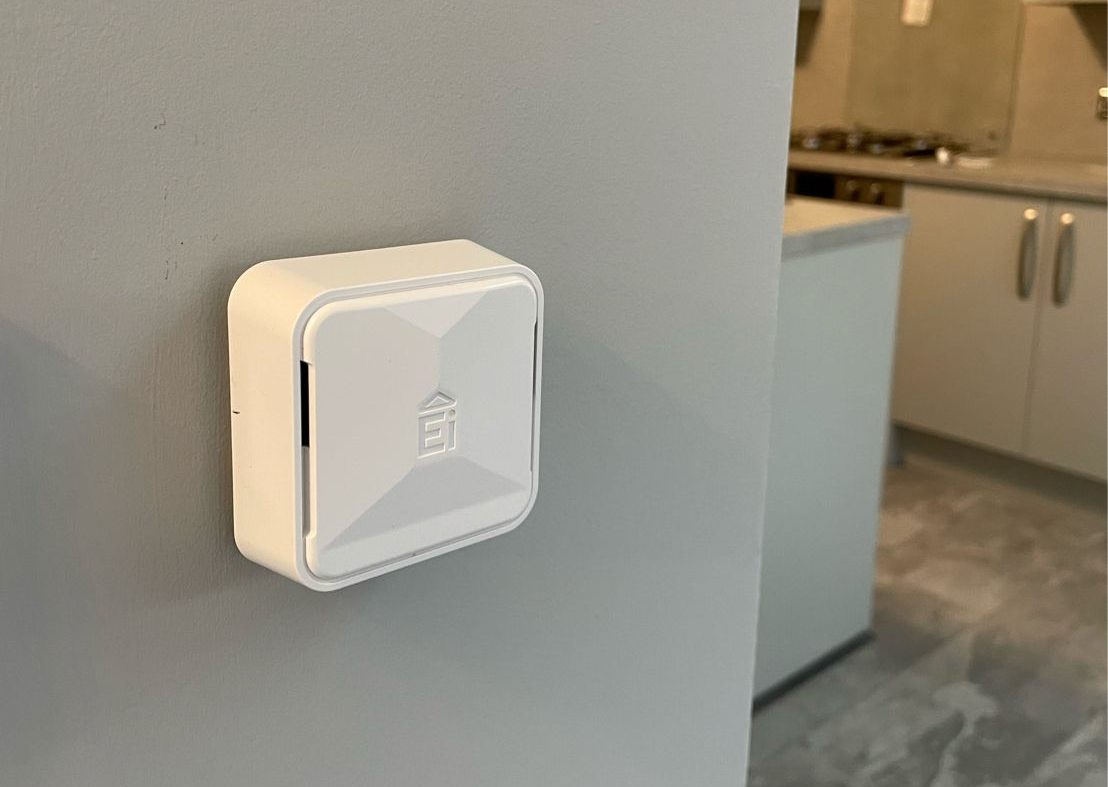
Hi, my name is Carl Traynor – I’m a Regional Specification Manager for Aico, covering the area of Merseyside.
My role is to promote best practice to our customers surrounding home life safety, and how technology such as Aico’s HomeLINK Connected Home Solution can help to create healthier, safer homes.
When we launched the HomeLINK Environmental Sensors in September 2021, I was keen to install our latest innovation within my own home so I could understand how efficiently I was running my property, as well as being able to spot early signs of disrepair.
Identifying damp
In November 2022, I was demonstrating the HomeLINK Portal to one of our clients – sharing insights from my own home to show how the software interprets temperature and humidity data to detect the risk of damp and mould within a property.
This was when I spotted a spike in humidity within the main bedroom – without this data, I wouldn’t have known about the problem I later identified until it became much more severe.
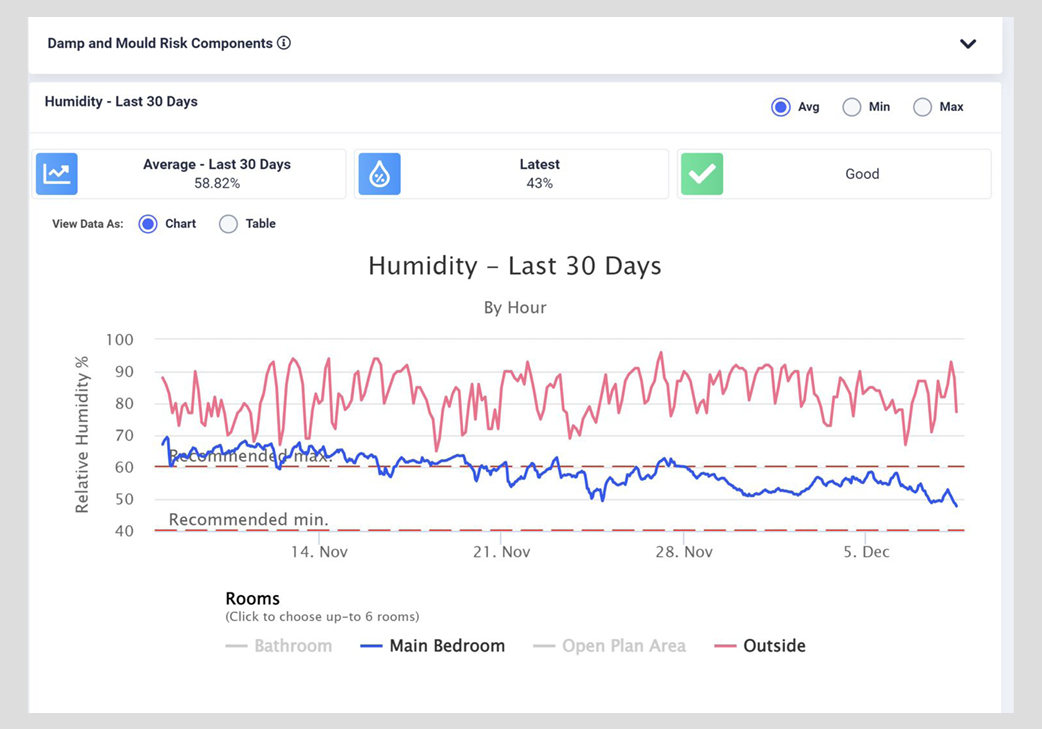
So what did I find?
As you can imagine, when the working day was complete, I headed up to the bedroom to see if I could see any obvious signs of what could have caused the humidity surge – maybe there is a leaking pipe or something wrong with a window?
Then I saw it…a large damp patch had begun to form underneath the bay window on an exterior wall – this came as a surprise as the plaster was less than 12 months old, having renovated the house before moving in.
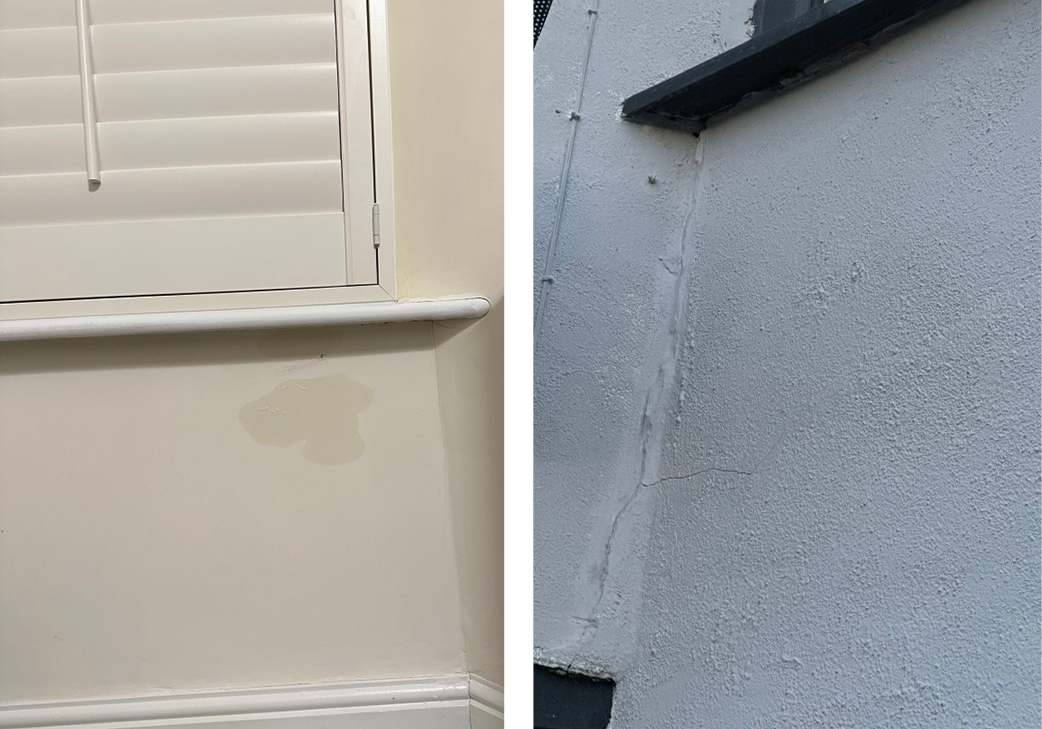
To narrow down the source of the problem, I went to check the outside of the house and identified a crack in the exterior render. To inspect the situation further – and to hopefully find a solution – I called Manor Building Solutions for support.
The crack in the render was causing damp and water ingress to the internal plaster work, trapping the moisture within.
As the moisture could not evaporate or disperse externally, it then transferred through the brickwork into the internal plastering causing efflorescence and a visible damp patch.
A quick solution for disrepair
Manor Building Solutions offered a quick solution to the problem; firstly removing the render and replacing it with mesh to secure the brickwork, followed by application of specialist render. This ensured that moisture could no longer penetrate the exterior, enabling the damp spot to dry out.
Upon checking the data a few days later, the decrease in humidity levels following the building works was clear.
Ian Lawton of Manor Building Solutions added:
“It was interesting to see Carl’s data from his environmental sensors as this is not something that is commonly available. The before and after levels of humidity are fairly obvious and something we can look at going forwards.”

This is a real-world example of how environmental sensors and the data they provide, can identify a potential problem and prompt early intervention.
We have recently launched a new insight on the HomeLINK Portal, which offers more in-depth insights into the cause of damp and mould – is it related to structural or environmental factors? You will find that often, it can be a combination of factors at work. To find out more, visit the mould prevention area of our website.
